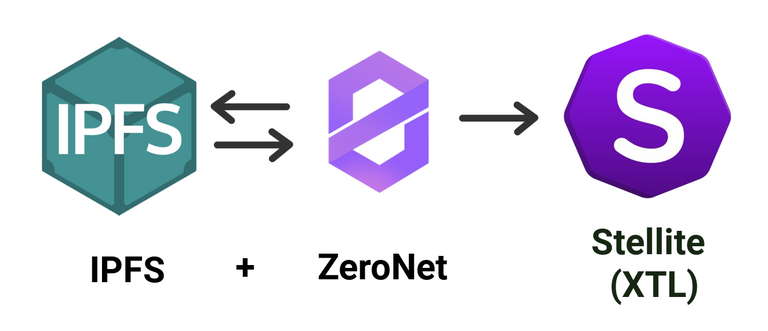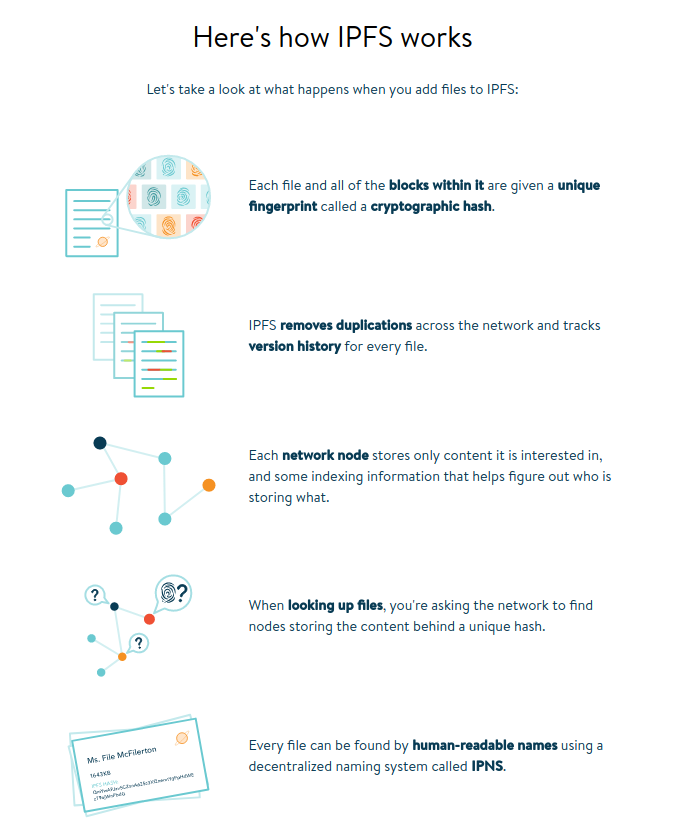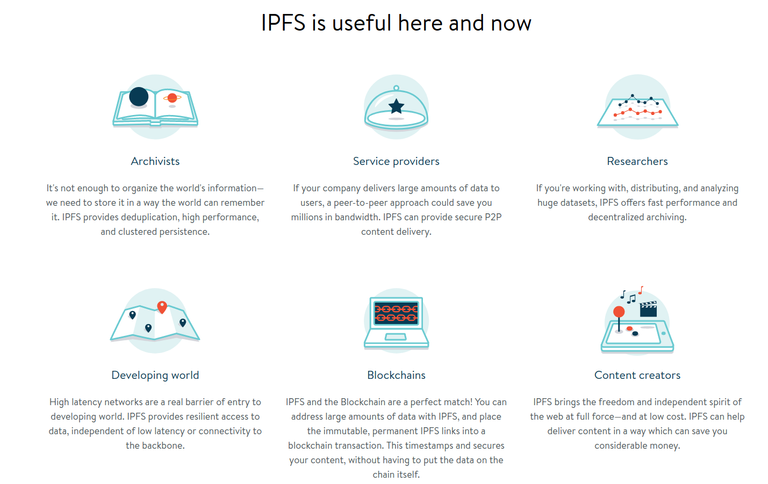The MunnyPot #1: Stellite (XTL) Part Two

| Currency: | |
|---|---|
| Current Price: | |
| Website: | |
| Whitepaper: | |
| Block Explorer: | |
| Announcement: | |
| Wallet(s): | |
| Algorithm: | |
| Programs to Mine XTL: | |
| Official Pool: | |
| Novel Features: |
Introduction
Coming off a new GUI Wallet/Miner release, the launch of a real-time info website to track the project's progress, version 2 of their whitepaper, and an appearance at the Chainges event in Amsterdam, Stellite (XTL) has had a week full of announcements. Around a month ago, I published the first half of a feature on XTL. Welcome to Part II. The first half included a general discussion on the coin itself, its features, and a bit of my personal approach when evaluating cryptoassets. If you missed any of that, you can read it here. I've included the table from that article, with updated values for ease of reference, above.
Let's dive right in. After publishing the first part of this feature, I spoke with many people who asked the question: "What is so important about mobile mining?" Many failed to see the merits in developing a miner that would generate, surely, a very low hashrate. What's the point of mining on a phone, when the processors lack the power necessary to rival those in a computer, even remotely?
That question is definitely worth asking. The purpose of developing such a miner would not be to generate a noticeable amount of performance. Rather, the value comes in the form of what we do not notice. How many hours a week do devices in your home remain plugged in, turned off, and unutilized? If you were able to mine a small amount of cryptocurrency while each of these devices sat idle... you could successfully monetize all of that downtime. Increase the number of devices, and that's a potentially large amount of money being wasted without being able to do that. We should not forget savings = earnings when evaluating financial opportunities, and unutilized potential = opportunity cost.
So, how does Stellite plan to achieve efficiency in implementing a mobile miner?
Through IPFS & Zeronet.
And Along Came Stellite...

Stellite's goal is to develop a miner that can be run on mobile phones, and eventually smart devices including TVS, watches, and et cetera. You may be familiar with the promise of mobile mining from Electroneum, Stellite's cousin-once-removed, conceptually. While speaking with Hayzam Sherif, the lead developer of Stellite, he indicated that after checking out the Electroneum project, he was motivated to start a similar project that actually mined on mobile devices. The challenge is doing this efficiently so that it doesn't kill battery life, or make the phone too slow.
Electroneum pulled a really strange "mining experience" switcheroo on all of its supporters and production community -- actively masquerading their app as a "mobile miner" when in fact, the app they proclaim to mine Electroneum was nothing more than a simulator. No actual mining. Just terribly lame subsidized advertising. On Twitter, I was made aware that the simulator should be framed in my mind as a form of "getting paid to advertise for their app". I won't go any further into exactly how crooked that all sounds -- instead, we'll focus on the Stellite prototype for a solution that brings real mobile mining to phones and smart devices in a way that's actually sustainable (hopefully).
Mining on mobile devices instantly seems less attractive, if at all, when it is accompanied by a battery that dies quickly or a noticeable speed decrease. Stellite's team believes they may have the skillset to develop a solution that eliminates those barriers. Their plan involves marrying two "decentralized web" technologies which fulfill very similar, but application-specific niches for hosting content online. The plan is an ambitious one. However, the more I looked into each technology -- Stellite's idea seemed increasingly plausible. A google search of IPFS & Zeronet will yield a lot of sparse internet discussion with inquiries mostly centered around the question "Can someone explain the similarities and differences of IPFS & ZeroNet?" So, let's take a look at each of these briefly.
What is IPFS?
IPFS stands for InterPlanetary FileSystem. The IPFS procotol effectively functions like a decentralized hypermedia database with files and their contents being given a unique cryptographic hash (an alphanumeric string of characters that serve as identifiers). The hash used to verify file contents, recognize duplicates, and more, in the same way a blockchain guarantees security. The graphics below should help summarize things:


As shown in the second graphic, IPFS and Blockchain very much make sense to implement in tandem. Some other projects that involve IPFS are Banyan Network, IPBC, Filecoin, and quite a few others. With IPFS's similarity to how torrenting media files works (downloading a file from more than one source simultaneously) many of these projects are media-centric. Clearly, pairing of the IPFS protocol and blockchain projects is a fairly common idea, and a sensible one. Stellite is far from the first to attempt it. So what exaclty is XTL doing with IPFS that makes their application unique?
Stellite, if successful, would be the first to implement both Zeronet and IPFS protocols in a single blockchain application. The reason that this has not been done by anyone else resides within the fact that both protocols occupy the same space as decentralized web solutions. However, they operate slightly differently, making one or the other superior for a given project. That is -- until now.
What is ZeroNet?

ZeroNet is a hosting solution that's very similar to IPFS. A quick Google-search of with IPFS or ZeroNet as keywords will yield very similar results, in terms of a defining what each technology serves to accomplish. ZeroNet is also a decentralized hosting mechanism that functions similarly to the way that BitTorrent does from a mechanistic standpoint. The key difference between these two decentralized web solutions actually boils down to the way content is presented. ZeroNet is capable of hosting dynamic front-end content, while IPFS is limited to mostly static content and larger files.
Those wanting more info on ZeroNet can view a slideshow presentation here, taken from the ZeroNet website.
For now, we have all of the knowledge necessary to evaluate Stellite's implementation of these technologies.
How Stellite Plans to Bring Mobile Crypto Two Steps Further
According to the Stellite Whitepaper:
"Most cryptocurrencies (including bitcoin, monero, etc.) hard-code trusted nodes and peers to help users set up their own nodes. This has been proven to work, but calls for a noticeable security risk. Hacking a hard-coded node will cause all future nodes from that point on to create hiccups for new users and making their daemons and clients useless. Stellite’s proposed solution is to publish the node list on a decentralized network called IPFS and using ZeroNet technologies to serve as the front end for adding new nodes to the IPFS ledger or list of nodes. So in simple terms IPFS acts like a permanent storage of the node list and ZeroNet will be the dynamic front end of this permanent storage."
A full demonstration of Stellite's solution can be found on pages 3 and 4 of the whitepaper. That portion is mostly an explanation of the back-end process that is taking place when your device is reading the nodelist from hosts. Mobile mining, as I said previously, necessitates that no damage occurs when mining on the mobile devices. Stellite's new whitepaper speaks exactly to this concern. The team over at XTL plans to navigate that territory with what they are calling the AMAYC Protocol, or the "As Much As You Can Protocol." Details on that can be seen below.

I'll be intermittently posting more updates on XTL as they develop. If you want to get involved right now, check out their GUI Miner while waiting for the launch of a mobile wallet, Stellite Pay, and mobile mining. Definitely a lot of ability & promise coming from this team. Keep on the lookout.
HEY! LOOK! BEARS! ON COMPUTERS!
Follow The Banned Bears on Twitter!
WhoBiz: @BizMunny
Koozi: @TheBannedBear
Join the Banned Bears on:
Discord: https://discord.gg/RaxAjXp
Now featuring GRIZZLYBOT and commands for TA & Custom Charts!
Telegram: https://t.me/bannedbears